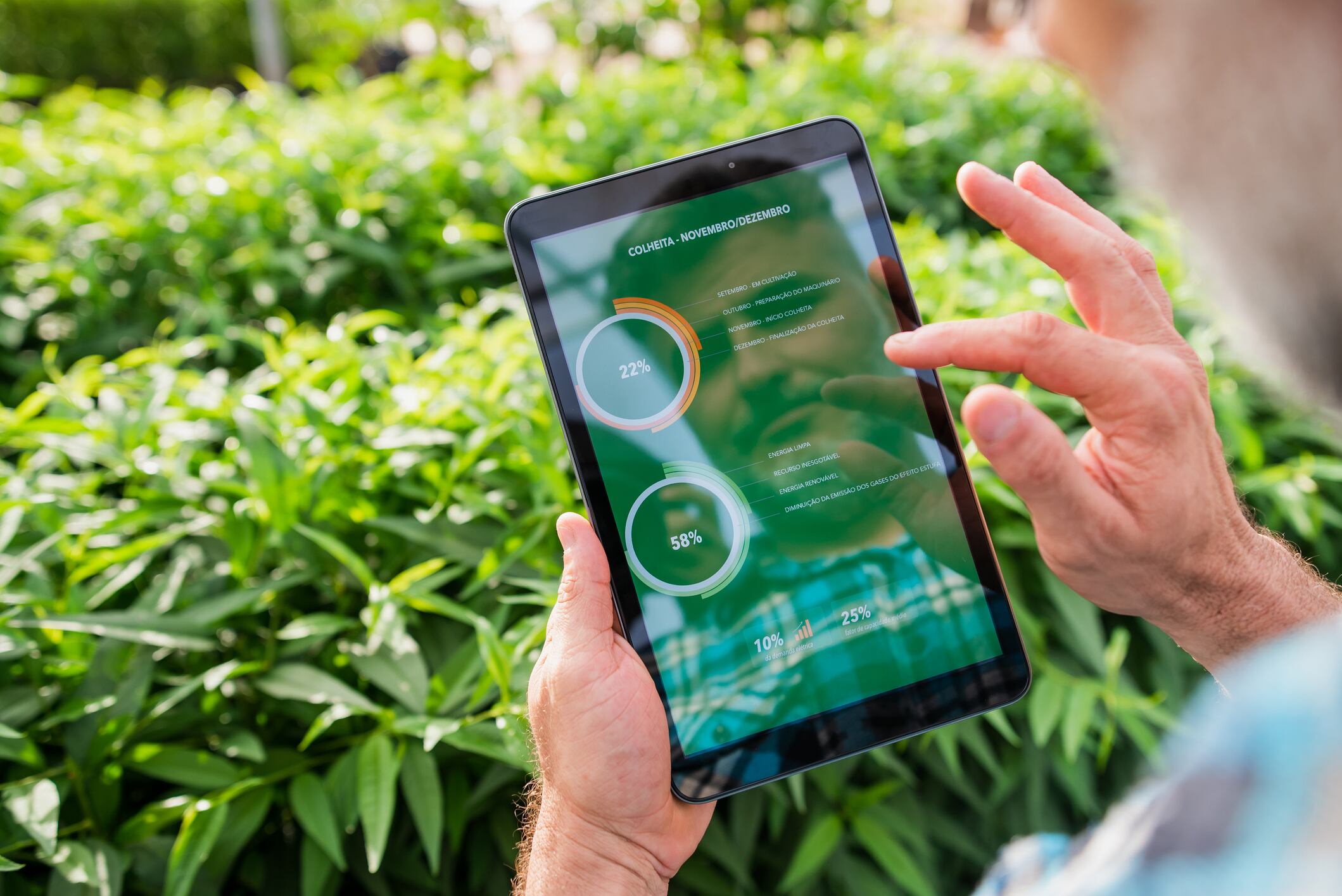Large climate drivers such as El Niño are known to impact the frequency, intensity and duration of marine heat waves (MHWs).
New research led by CSIRO, Australia’s national science agency, published in Nature, looks at how improved forecasting can help industries and communities prepare for marine heatwaves and their impacts on marine ecosystems.
The researchers wrote: “Work is progressing on predicting spikes in seawater temperatures. Ocean weather forecasts are reliable a week or so in advance, probabilistic seasonal forecasts give indications several months ahead and centennial-scale climate projections that take into account anthropogenic greenhouse-gas emissions provide the longest view.”.
However, they added there was an urgent need to improve forecasting closer to the coast, in order to safeguard biodiversity, fishing and aqualculture.
“Spatial maps showing probabilities of marine heatwaves are most accurate in open oceans where climate drivers, particularly El Niño, are strongest, and less so nearer coasts, where local ocean and atmospheric conditions become important.
“Building predictive power for these regions — by improving coupled ocean–atmosphere models and assessing the accuracy of their predictions — is crucial for local biodiversity conservation efforts as well as the fishing, aquaculture and tourism industries,” they added.
On the basis of historical data, the team mapped which oceanic regions are most likely to be hit by marine heatwaves under El Niño conditions. They set out priorities for these areas, which include the tropical central-to-eastern Pacific; coastal US Pacific waters from the eastern Bering Sea to California, as well as those of Ecuador and Peru; and the Indian Ocean.
They argue that researchers need to improve coupled ocean–atmosphere models to better understand how different climate cycles are connected, and how they influence seawater temperatures.
They should also continuously collect data to monitor marine heatwaves and their effects on marine species, both during and after an event.
Local and national governments should put in place warning systems so that relevant communities can act — fisheries and aquacultures can move species to cooler waters, reduce harvesting quotas or close fishing areas, for instance.
Taking action whenever possible is especially important because oceans are already warmer than ever recorded. Various regions — including around the United Kingdom and Ireland, off the coasts of Florida, Ecuador and Peru, and around Japan — have seen severe marine heatwaves this year.
The authors warn that this makes the concurrent likelihood of a strong El Niño “particularly worrying”.




